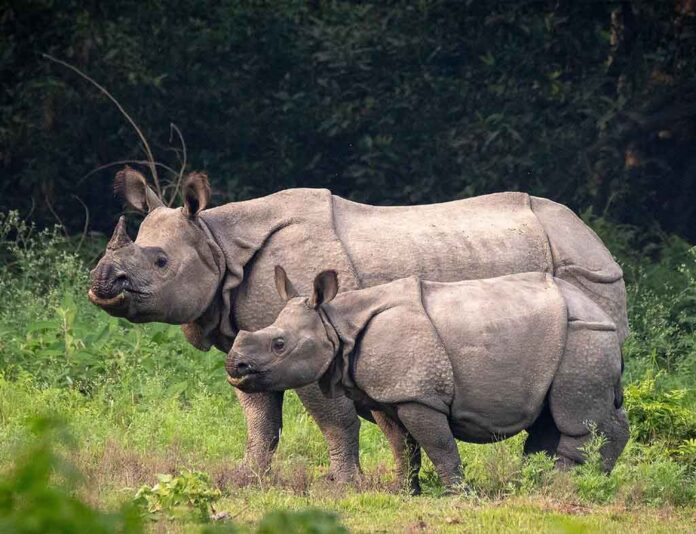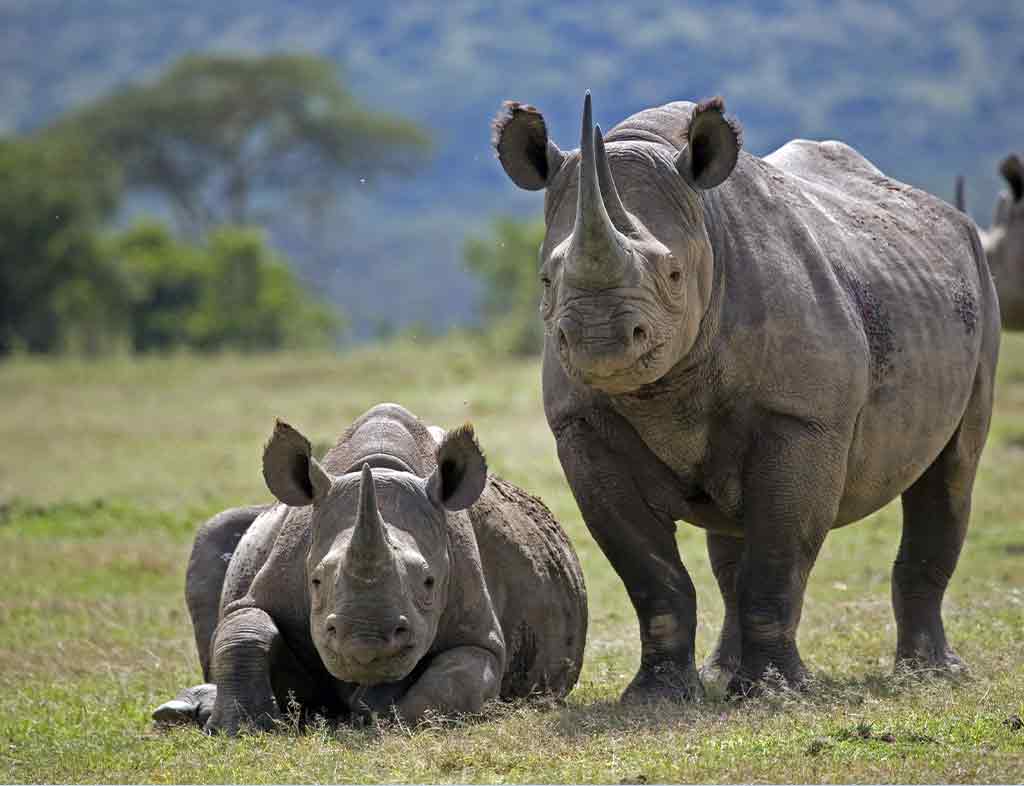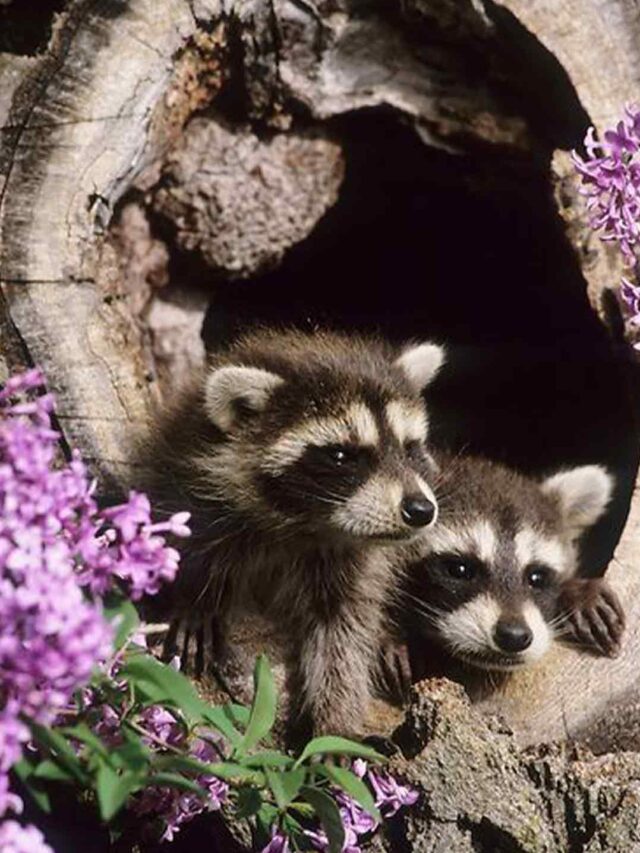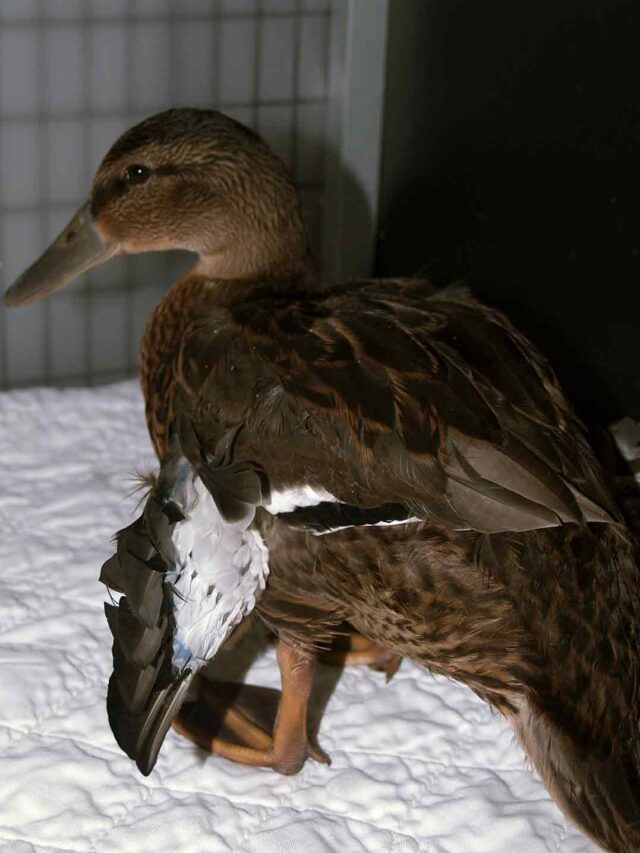
Welcome to our exploration of the majestic rhinoceros, one of the planet’s most iconic and endangered species. Join us as we uncover the fascinating world of the rhino, from its physical characteristics to the threats it faces and the conservation efforts aimed at protecting it.
Table of Contents
The Different Species of Rhino
There are five species of rhinoceros: the White Rhino, Black Rhino, Indian Rhino, Javan Rhino, and Sumatran Rhino. Each species has unique characteristics and habitat preferences, ranging from grasslands to tropical forests.
Physical Characteristics
Rhinos are known for their massive size and distinctive horns. They have thick, armour-like skin that protects them from predators and the elements. Rhinos use their horns for defence, digging, and marking their territory.
Habitat and Range
Rhinos inhabit various habitats, including savannas, grasslands, and tropical forests. They are found in Africa and Asia, with each species occupying a specific range within these continents.
Diet and Feeding Habits
Rhinos are herbivores, feeding primarily on grasses, leaves, and branches. They use their prehensile lips to grasp and pull vegetation into their mouths, using their strong jaws to chew and digest fibrous plant material.
Behaviour and Social Structure
Rhinos are solitary animals, except for mothers and their offspring. They are generally territorial and will defend their territory from other rhinos, especially during mating season.
Reproduction and Life Cycle
Female rhinos give birth to a single calf after a gestation period of around 15 to 16 months. The calf remains with its mother for several years before venturing out on its own. Rhinos have a relatively long lifespan, with some individuals living up to 50 years in the wild.
Threats to Rhino
Rhinos face numerous threats to their survival, including habitat loss, poaching, and human-wildlife conflict. The demand for rhino horn in traditional medicine and illegal wildlife trade has driven poaching rates to alarming levels.
Conservation Efforts
Conservation organizations and governments are working tirelessly to protect rhinos and their habitats. These efforts include anti-poaching patrols, habitat restoration projects, and community-based conservation initiatives.
Illegal Wildlife Trade
The illegal wildlife trade remains one of the greatest threats to rhinos, driving poaching and trafficking of rhino horn. Despite international efforts to combat the trade, demand for rhino horn persists, fueled by myths and superstitions.
Community Involvement
Local communities play a crucial role in rhino conservation efforts, as they often share their habitats with these magnificent animals. Community-based conservation programs empower residents to participate in conservation initiatives and benefit from ecotourism revenue.
Success Stories
There have been some success stories in rhino conservation, with certain populations showing signs of recovery. Conservation efforts in protected areas and reserves have led to increased rhino numbers and reduced poaching rates in some regions.
Future Outlook
While challenges remain, there is hope for the future of rhinos. With continued conservation efforts, public awareness campaigns, and international cooperation, we can ensure that rhinos continue to roam the savannas and forests of Africa and Asia for generations to come.

FAQs
1. Why are rhinos endangered?
Rhinos are endangered primarily due to poaching for their horns, habitat loss, and human-wildlife conflict.
2. What is rhino horn used for?
Rhino horn is mistakenly believed to have medicinal properties in traditional Asian medicine, driving demand in illegal wildlife trade markets.
3. What are conservation organizations doing to protect rhinos?
Conservation organizations are conducting anti-poaching patrols, habitat restoration projects, and community-based conservation initiatives to protect rhinos and their habitats.
4. How can individuals help save rhinos?
Individuals can support rhino conservation efforts by raising awareness, donating to reputable conservation organizations, and advocating for stronger wildlife protection laws.
5. What is the role of local communities in rhino conservation?
Local communities play a crucial role in rhino conservation by participating in conservation programs, supporting sustainable livelihoods, and reducing human-wildlife conflict.












